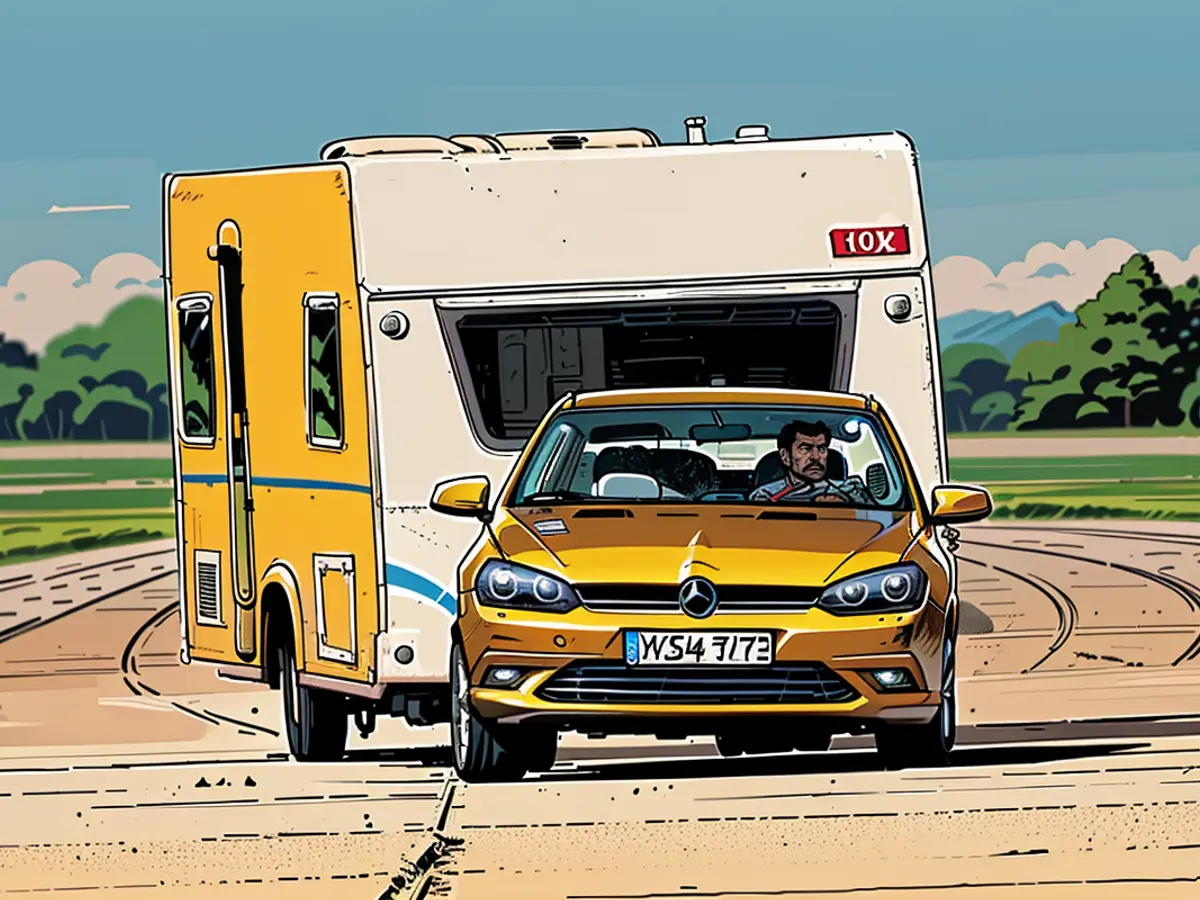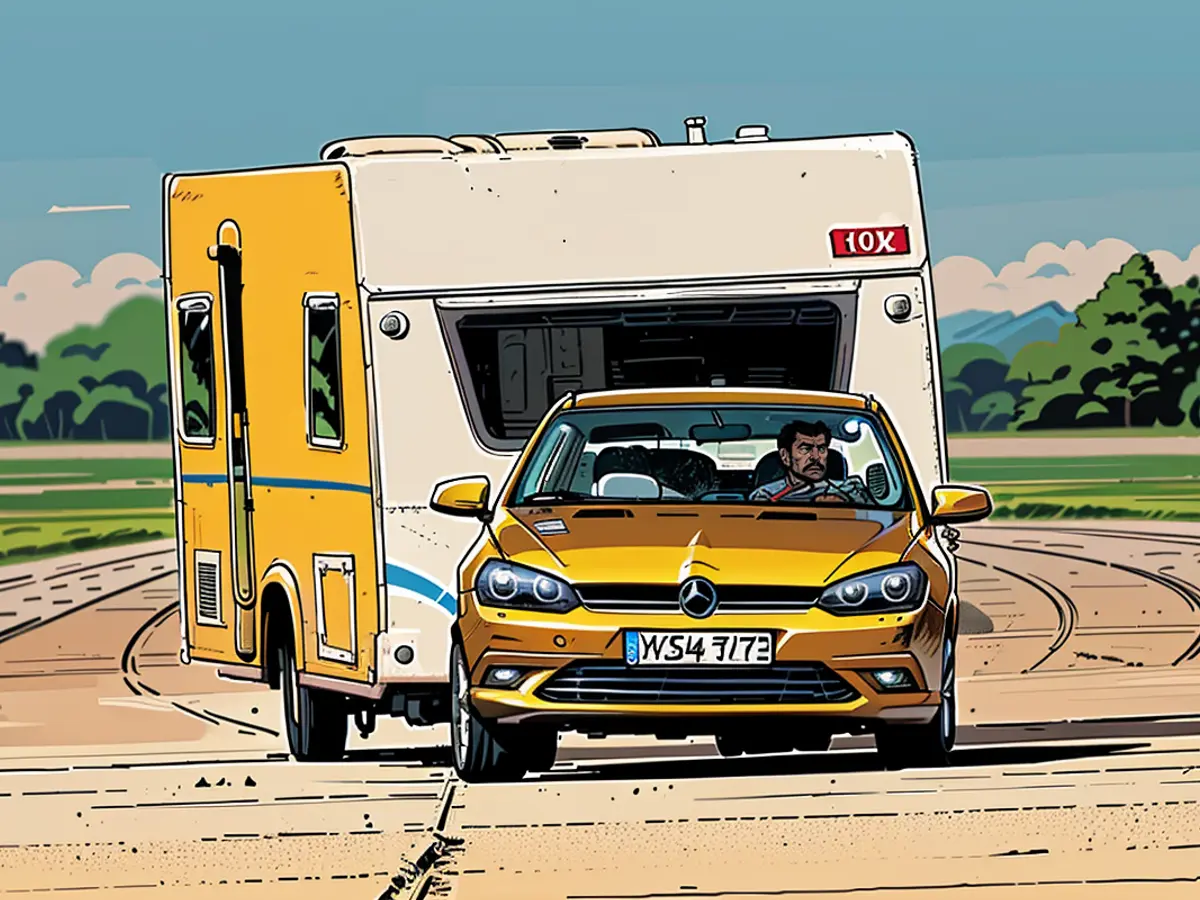Beginning in 2024, the tire game in Germany is about to switch things up. You might want to sit tight when switching from summer tires to winter ones or vice versa, but things are about to get more straightforward.
From October 2024, only winter tires and all-season tires bearing the Alpine symbol can do their winter dance on German roads when the temperature drops. The Alpine symbol, a delightful blend of a mountain and a snowflake, is your ticket to frosty fun.
However, say goodbye to M+S (mud and snow) marked tires. Despite them being a rare find these days, they're still a no-no. Keep those off your wheels, or be prepared to face the consequences.
German fines for rulebreakers are as precise as a Swiss watch. If you're caught sporting the wrong tires in winter, expect a fine of 60 euros and a point on your Flensburg record. In the unfortunate event of an accident with unsuitable tires, the penalties might be much steeper.

Navigating the winter tire landscape in Germany: why choosing the right pair is crucial. Photo by Manfred Richter/Pixabay
Fear not, German regulation-phobes. Winter tire requirements are situational rather than general. This means you only need to gear up when the roads turn into icy slides, snowy slippery slopes, or slushy skid tracks.
Winter tires are not mandatory for all vehicles. Motorcycles, commercial agriculture and forestry vehicles, and motorized machinery are allowed to keep their summer flings.
Stay tuned, tyre enthusiasts, as changes are on the horizon. Starting from 2024, M+S tires manufactured after the end of 2017 will be considered outdated. These tires will no longer be eligible for winter road conditions, so don't be caught off guard by surprise fines.
. So, make sure you swap out your outdated M+S tires for Alpine-marked ones.
.
.
.







